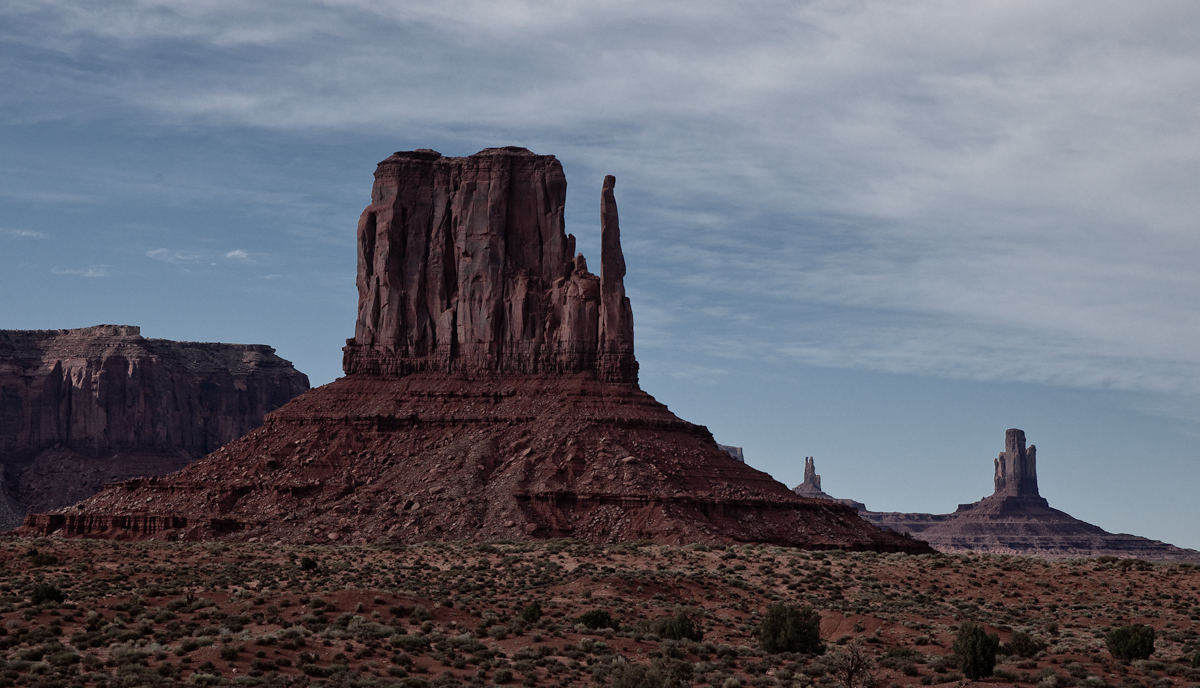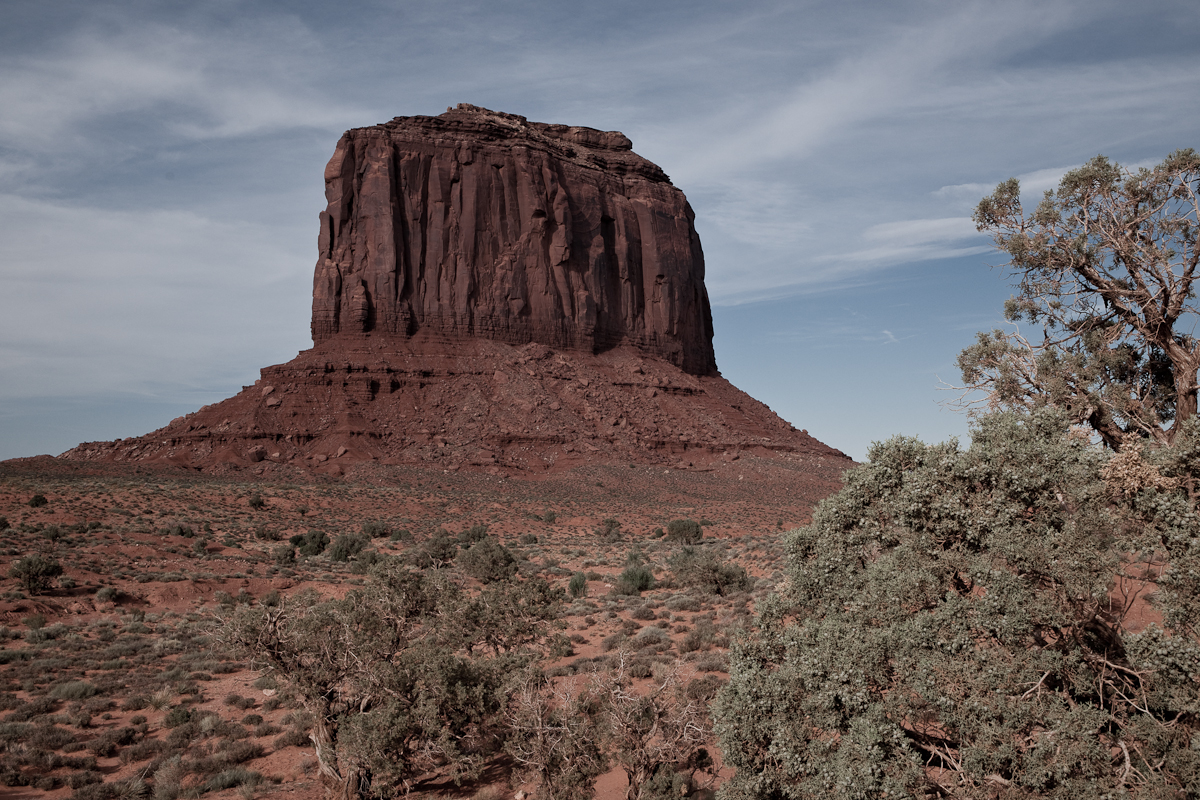Well, your workshops are a very dangerous thing to attend as far as I can tell from the distance. Addiction might be the best description for the danger.

It is so evident how much fun you folks had, and not only that, but also a ton of nice results on top!

Fantastic!! .... and all that without a cube.

Guy:
Great question . I did a quick test ISO 1600 at 2.8 for 2 minutes than we brought it into C1. From there we started to do the math . Add 4x for 5.6 than 4 x times on time since it was underexposed . Than we multiplied from ISO 1600 to 100 which is 5 stops more light needed. Figured out it went over a hour which is too long than backed off to ISO 200 at F4 to come up with about 35 minutes. The second one was at 4 am so I switched to a 45mm lens but knew the clouds rolled in and scattered more light so I went to 5.6 on that one. Also you want to shoot east or west on the earths axis
Thanks Guy! Ok, this is going to be longer as I really try to understand every bit of it.
Firstly, I assume the axis has importance because of the star trails. Right?
Ok, it helps me, if I type that down here step by step. Let's see whether I got it right.
... The phase one with the 80mm goes like 2.8, 3.2, 3.5, 4.0, 4.5, 5.0 and then 5.6... Looking at that I assume you added a factor for every two steps, which means the above reflects a half a stop each. Ok, I get that.
Then you say
than 4 x times on time since it was underexposed
But this I do not understand, how did you come to the x4? Was this a guestimate? If so how did you guestimate?
Than we multiplied from ISO 1600 to 100 which is 5 stops more light needed
ISO 100 -> 200 = 1 stop
ISO 200 -> 400 = 1 stop
ISO 400 -> 800 = 1 stop
ISO 800 ->1600 = 1
Ok, I get it.... 16, 8, 4, 2, 1 = x5
So you ended up with your original 120 sec exposure and according to the above multiplied this first by x5(for ISO 100) then by x4( for 5.6) and then by another x4 (for underexposure guestimate) which brings you to 9,600 seconds or 2 hours 40 minutes.
Then you divided that by 2 to come to from ISO 100 to ISO 200, which brings you to 4.800 seconds or 80 minutes.
Then you divided that by 2.5 to come from 5.6 to 4.0, which brings you to 1,920 seconds or 32 minutes.
Pheew

I think I got it.
Ok, now the follow up questions.
1.
The part I did not understand was your guestimate. Can you epxlain a little more about that?
2.
Using this technique, and that is crucial for me to understand, I do not understand on what you focussed and how?
3.
So that would be the way to approach such shots, find an intersting static object, shoot a test picture at a fixed setting at High ISO and wide open, then do the math and take the shot ideally aorund 30 minutes, because afterwards the same time is added in camera to subtract from the darkframe, which means 1 hour in total that you have to wait and leave the camera in it's position. ....Hold on...or do you? Can you move the camera after it took the shot, and while it is processing the dark frame? I would asume so.
4.
Alternatively, and on a practical note, as I rarely have a laptop with me to do that, what external exposure meter could be used to determine the correct settings for such a task. Any recommendations?
5.
Last question, is there a way to have the rocks being exposed so that you can see the textures and colors, but at the same time see the star trails. Would that be able to be achieved by HDR techniques? Doing one star trail shot whereby the Rock is nothing but a silouhette, and another where the sky is total blown out but the rock is exposed?
Thanks again Guy, and I appologise for the lengthy rant, but your answer was important and I wanted to make sure I really got it. I can only hope this is interesting enough for others here as well. But in any case, being the newbie here on the fora, I need to know if all that is too much in depth questions here, and rather not wanted for future posts, please let me know and I avoid such in depth stuff to be asked if this is too much hassle.
Best wishes
Georg
P.S. On a funny note, I just realise the most important tool for such shots. -Traffic diversion posts - :ROTFL:
I'd be pissed if after 28 minutes a car drives through the scene.

P.P.S Again, I realise I was not a workshop member and may be this is something you rather disucss in the closed workshop group, I would understand that. Then again, I will be a future workshop member.... by all means!






